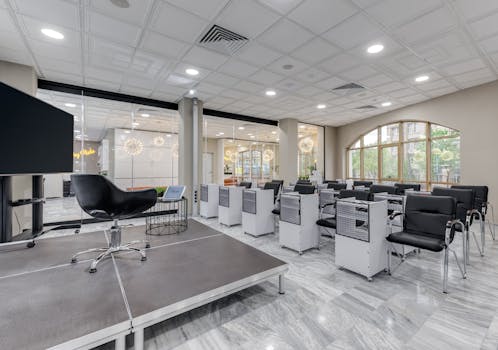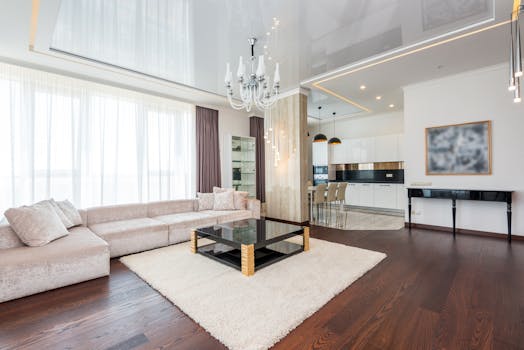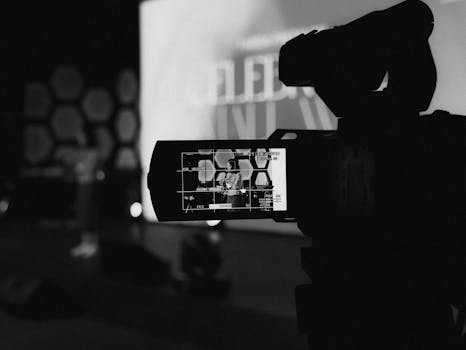You'll normally need a foundation degree, higher national diploma or degree in a subject like:
- spatial design (exhibitions)
- interior design
- three-dimensional (3D) design
- interior architecture
You may also find exhibition design options as part of some events management, and museums and galleries courses.
Entry requirements
You'll usually need:
- a foundation diploma in art and design
- 1 or 2 A levels, or equivalent, for a foundation degree or higher national diploma
- 2 to 3 A levels, or equivalent, for a degree




